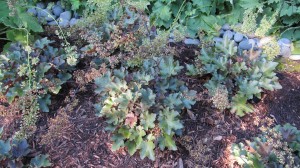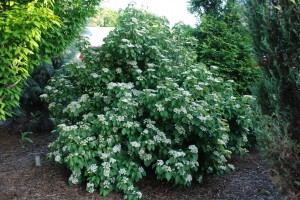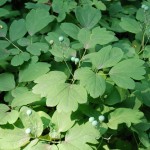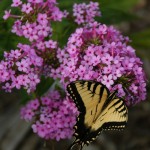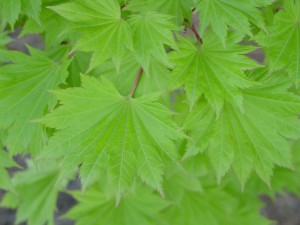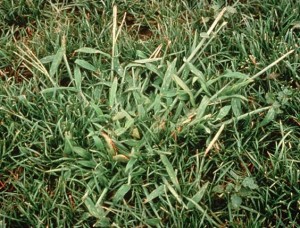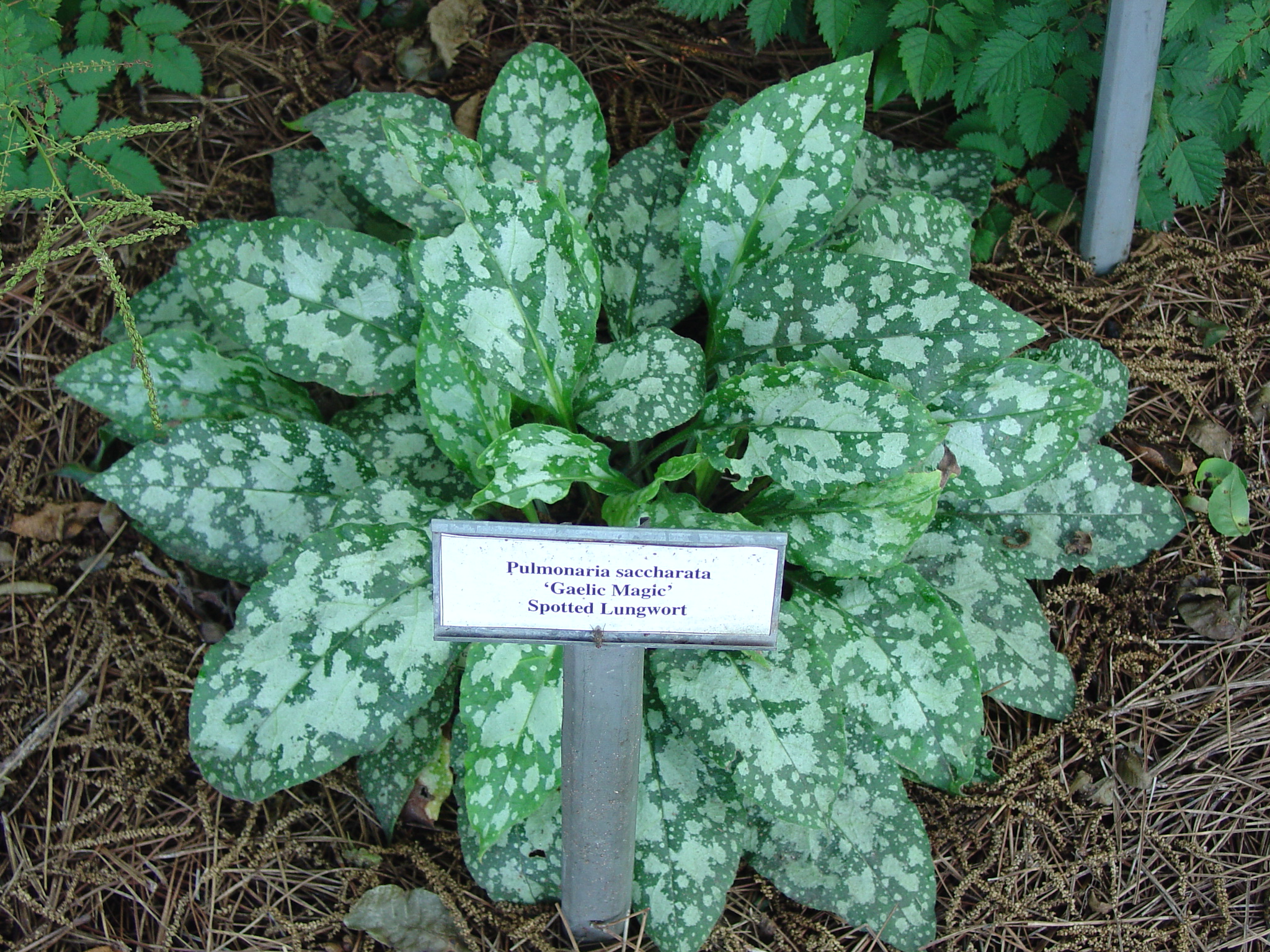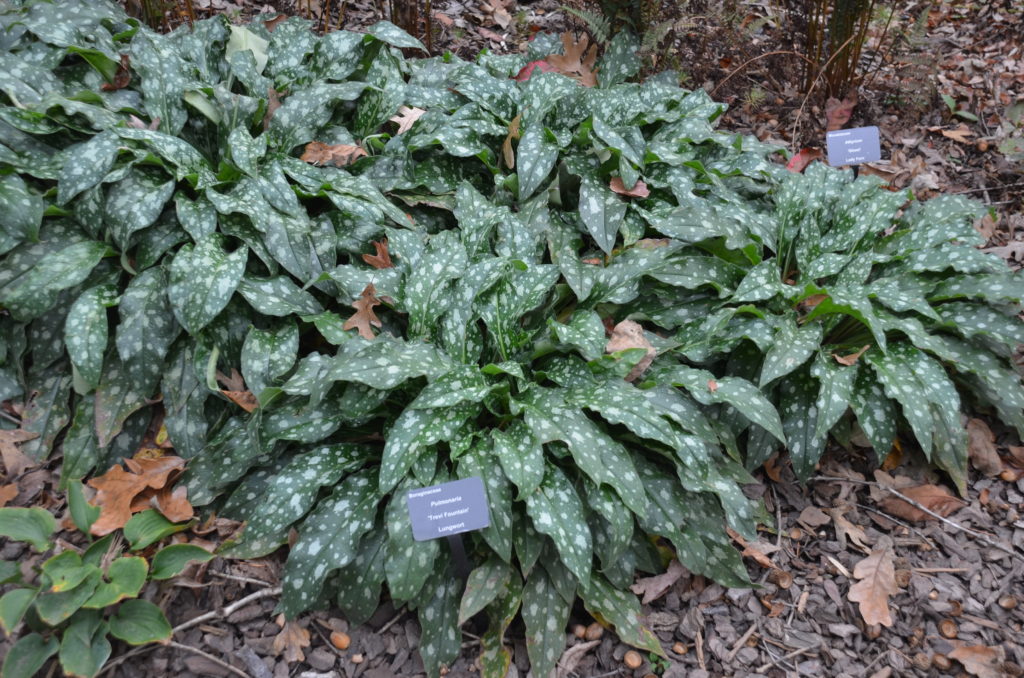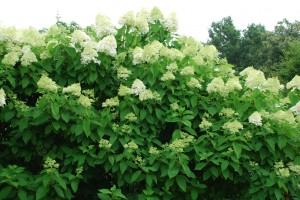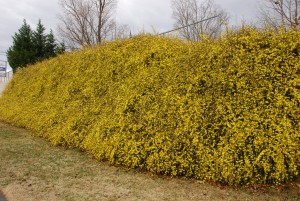The best of the villosa cultivars are ‘Caramel’, ‘Citronella’, ‘Mocha’, and my newest favorite ‘Bronze Wave’. Blooms are tall and mostly insignificant. I often remove them to accent the foliage. All villosa cultivars are long lived and heat and humidity tolerant. Heucheras prefer a moist, well-drained, compost-rich soil. Plants are heat and humidity tolerant in the Southern Appalachian region (USDA zones 6 and 7). Grow the H. villosa hybrids either in direct morning sunlight in z-6 or in partial shade in z-7.
Space each plant 2-3 feet apart.
cultivars are not your grandmother’s puny heucheras. Plants are long-lived and vigorous. Cutback plant foliage and spent flowers to the crown either in late autumn or winter and feed with a handful of 10-10-10 granular fertilizer per plant. Water soluble fertilizers such as Miracle Gro™, Schultz®, and Espoma® are also good choices. Follow package directions. languishes in deep shade and dry soils and is best grown in a mulched bed.

